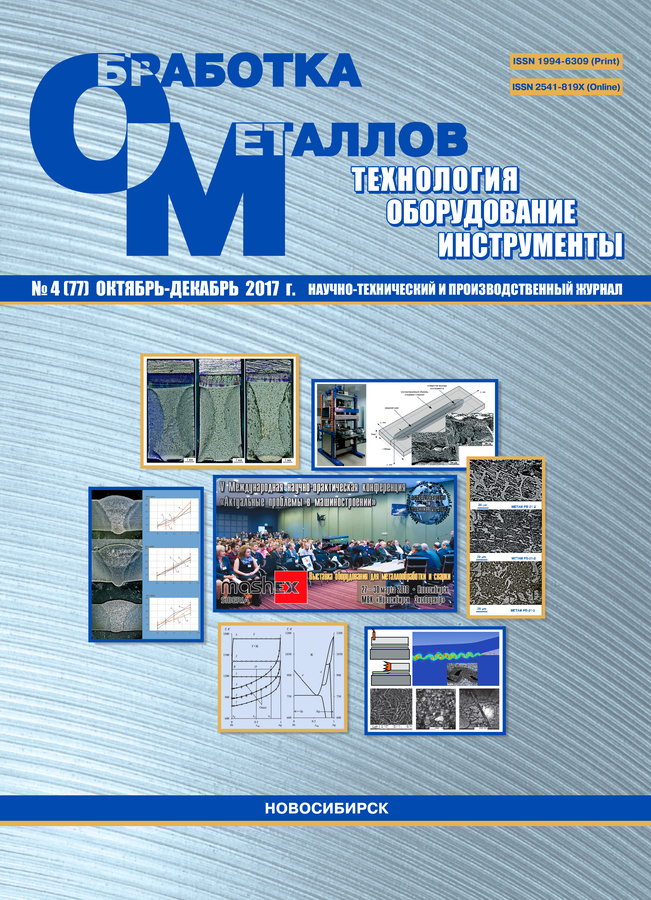Object of research: the paper is devoted to the creation of environmentally friendly, technologically efficient and cost-effective high-performance compatible circuit for the processing of lead-containing industrial products and wastes, in particular, silicate slag (SS), formed during copper electrolytic sludge melting, with commercial production of single products. Vacuum distillation is considered to be the one of the most effective and environmentally friendly methods for the separation and purification, processing and refining of various metals. To analyze the behavior of multicomponent alloy reclamation, pre-selection of temperature and pressure of the system, evaluate the effectiveness of component separation in a vacuum distillation, phase diagrams temperature-composition “ T-x” , pressure-composition “ P-x” is used. It is the purpose of the paper to calculate the equilibrium “gas-liquid” VLE (vapor liquid equilibrium), including the dependence of phase composition on temperature ( T-x ) and pressure ( P-x ) for Sb-Ag alloy with vacuum distillation based on the model MIVM (molecular interaction volume model), as well as determine of thermodynamic parameters of the process. Methods and approaches: calculation of the activity factors of components of Sb-Ag alloy is performed using three-dimensional model of molecular interaction volume model ( MIVM ). Novelty: the calculation of VLE diagrams using the model MIVM . Main results: in the temperature range 823-1073 K, the saturated vapor pressure (Pa) for silver (0.0053…50.544).10-6 and antimony (3.954…273.664) is calculated. High values of the ratio (74.488…0.514) × 107 and the separation factor logβSb = 5,842-12,253 create a theoretical background for the selective separation of these metals by vacuum distillation, when the antimony is enriched in the gas phase (βSb > 1), and silver in liquid. The mole fraction of silver in the gas phase у Ag = (0.00001…1296.8) × 10-8 increases with increasing temperature 823-1073 K and the molar fraction of the metal in the alloy х Ag = 0.1…0.9. Using the MIVM model the activity factors of antimony γSb = 0,060-0,945 and silver γAg = 0,000377-0,974 for Sb-Ag alloy with different composition in the investigated temperature range are calculated. The lever rule (rule lines) can be used for phase diagrams VLE to help predict the quantities of substances, residues and sublimates at a predetermined temperature. For the phase boundary “liquid-gas” Sb-Ag alloy the values of the excess Gibbs energy, enthalpy and entropy are as the follows: = 1.9…6.9 kJ/mol; = 2.03…8.77 kJ/mol; = 0,13…2,55 J/mol. K . Practical relevance: VLE phase diagrams alloys provide the necessary information for the design of technological parameters in industrial production, vacuum metallurgy, as well as for prediction the temperature and pressure of the process when obtaining Ag- and Sb-containing products of a given composition.
 68-83
68-83


 6-18
6-18


 19-29
19-29


 30-42
30-42


 43-54
43-54


 55-67
55-67







